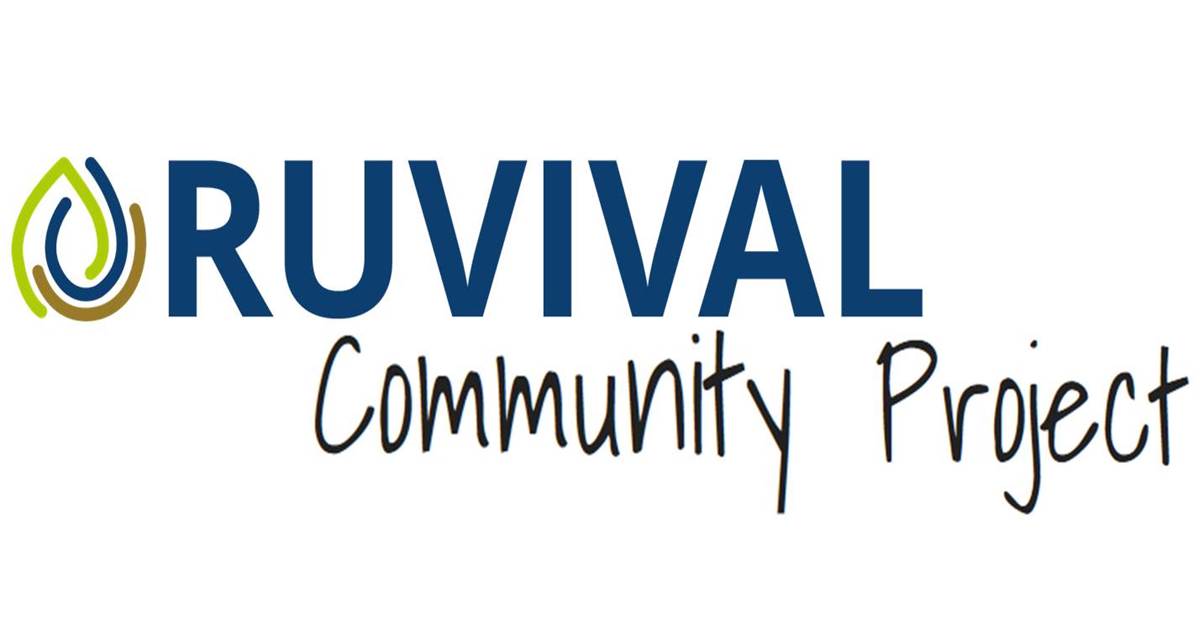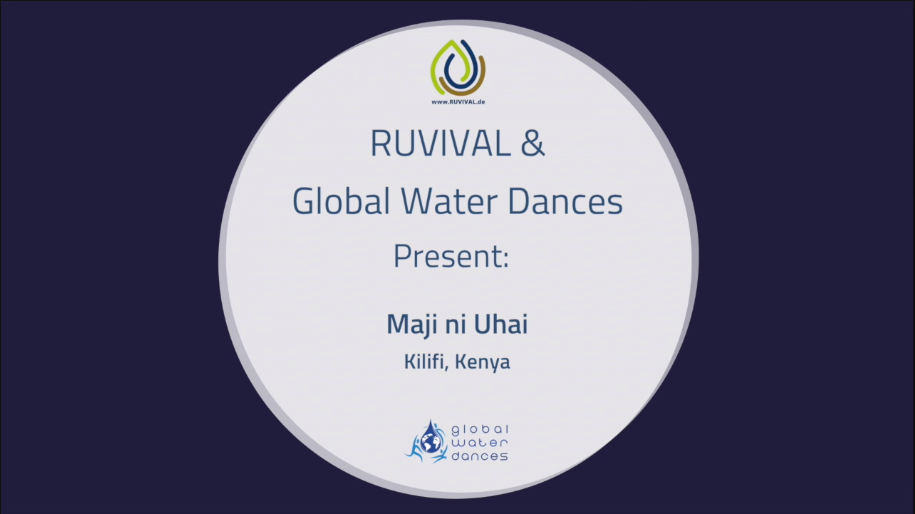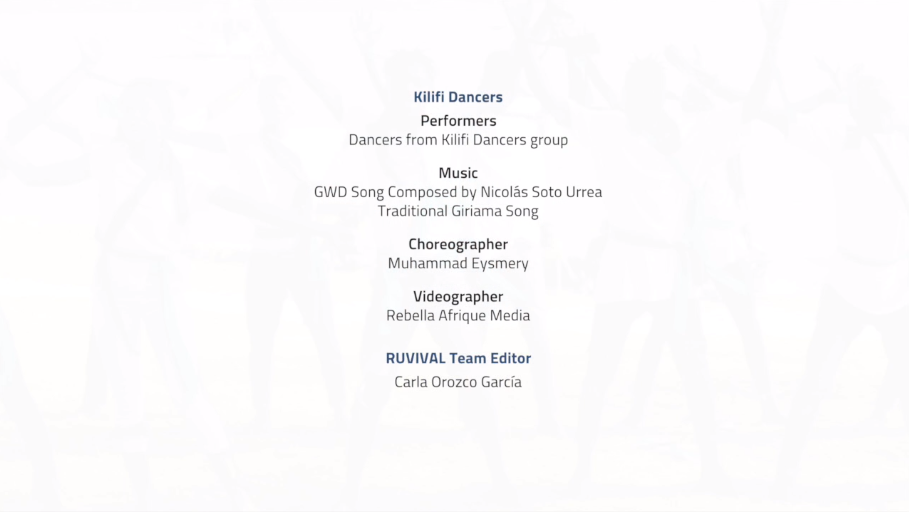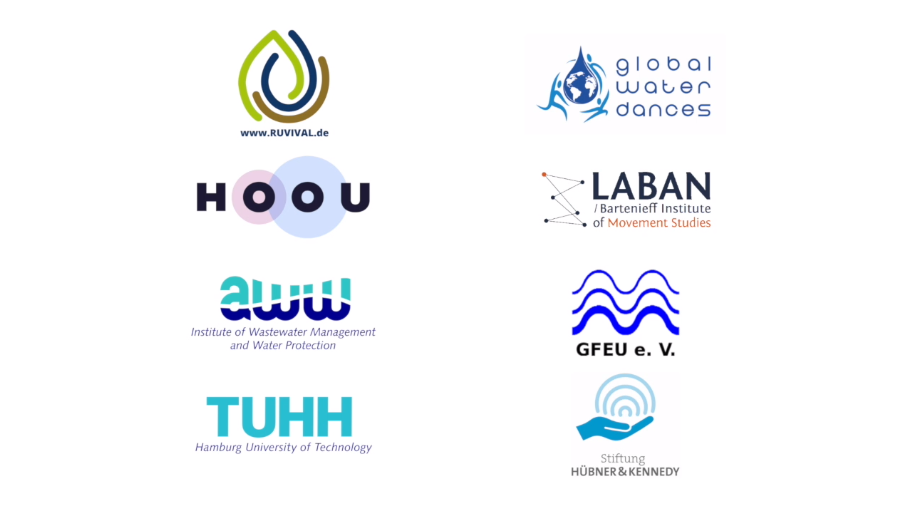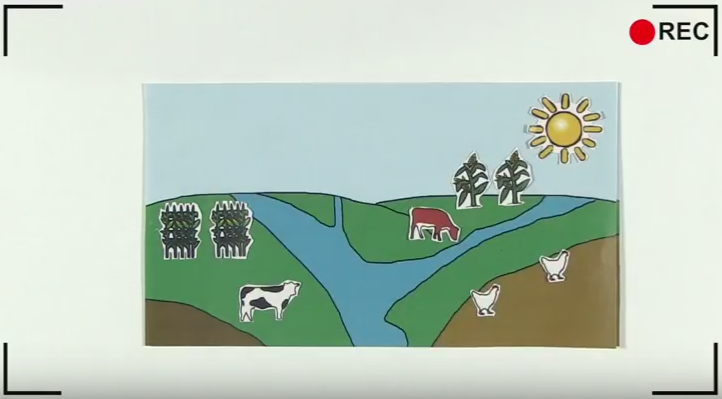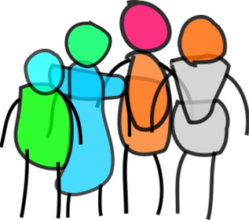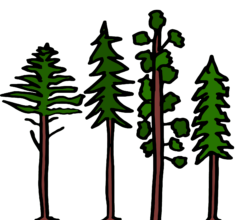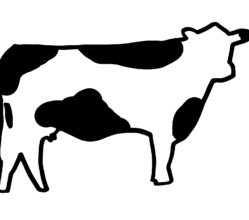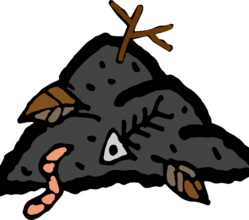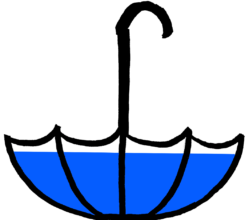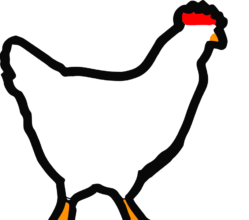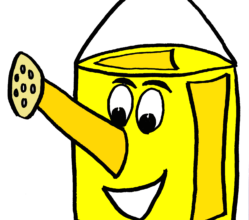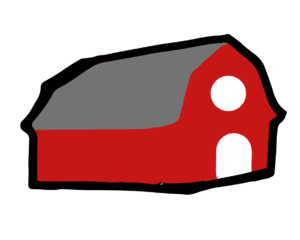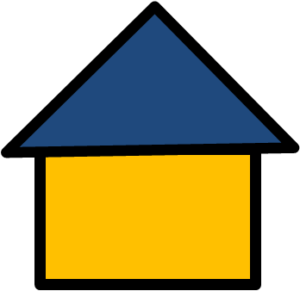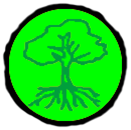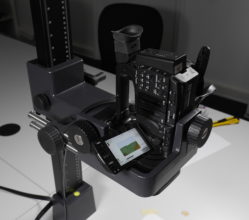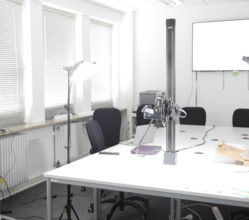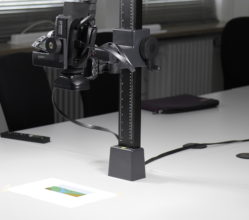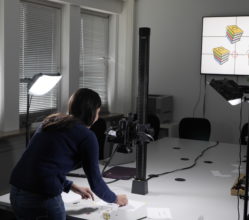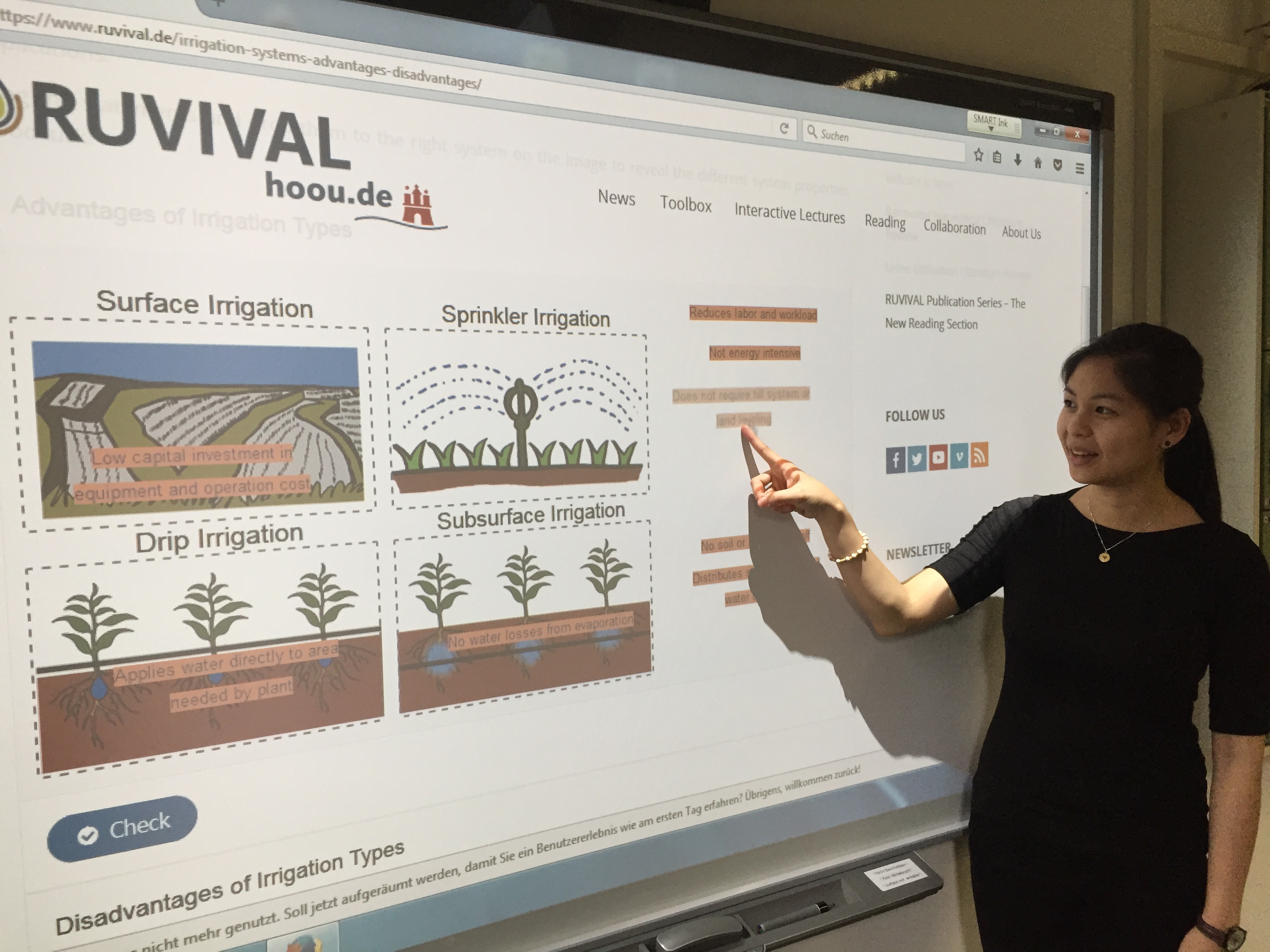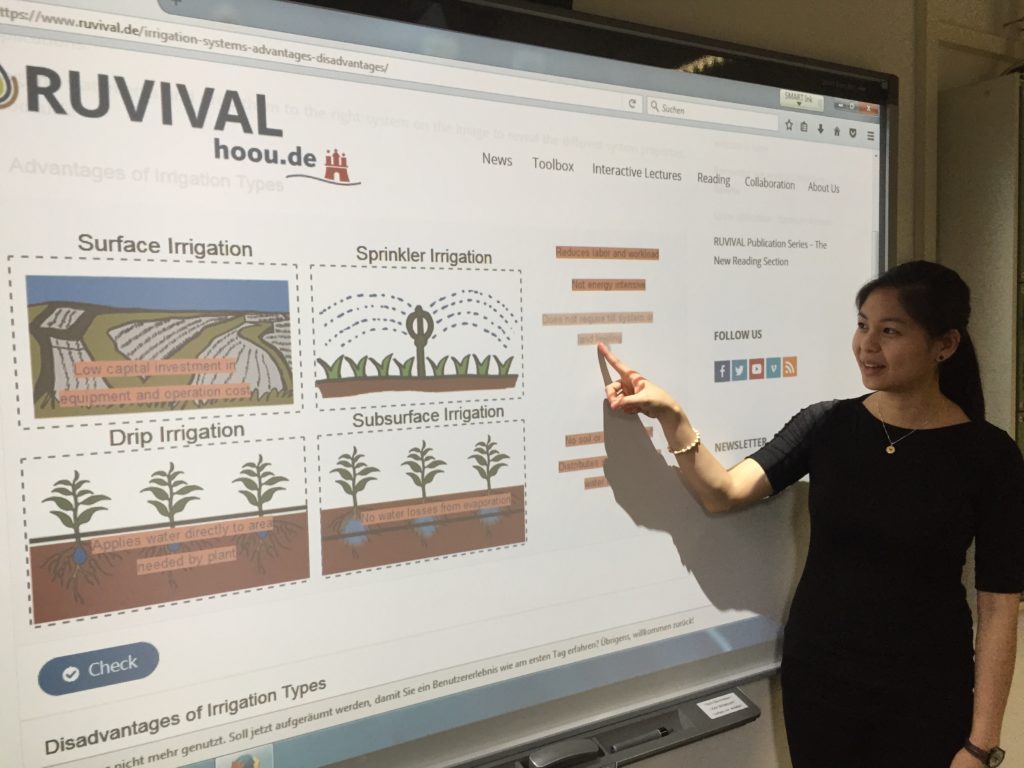Making of RUVIVAL Simulation Game
This article was first published in German on Insights.
This is the beginning of a series of Making of publications on the RUVIVAL simulation game. Every year, the participants have 7 weeks to plan eco-villages. 2020 makes this the fifth round. The aim of the series is not only to share our experiences and invite participation, but also to enable others to reproduce or adapt this simulation game according to their needs.
Currently, it is still possible to enter this year’s game. You can still take on the role of a fictitious person who intends to settle in the community later.
Registration for the RUVIVAL Simulation Game
The imagination can be given free rein and can be brought into the planning process.
Making Of Simulation Game Part 1 – The Locations
This first part deals with giving an overview of the concept. Furthermore, the objective of the game is explained: plan an ecological settlement with the mission to reduce the ecological footprint and increase biocapacity.
The english version of the slides are soon available:
Making of RUVIVAL Simulation Game by Ruth Schaldach is licensed under a Creative Commons Attribution-ShareAlike 4.0 International License.
This will be followed by deeper insights into the technical implementation and didactic aspects of the current round, as well as an overall summary.


